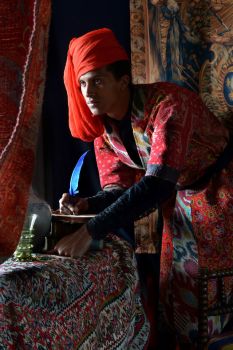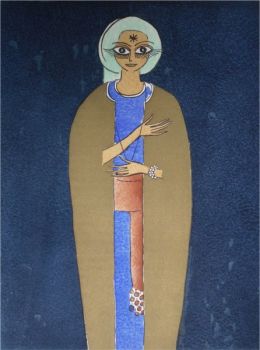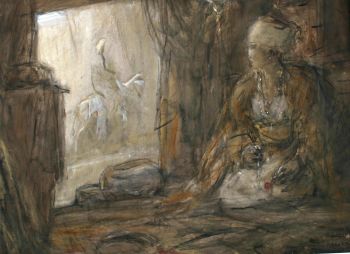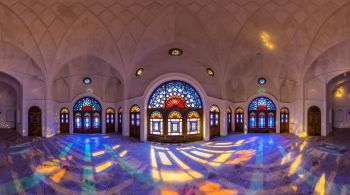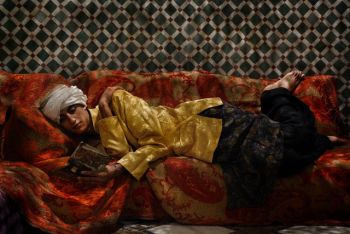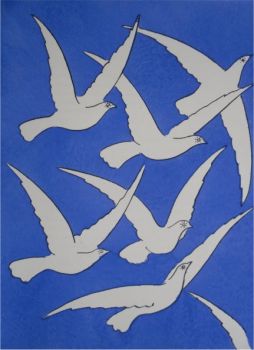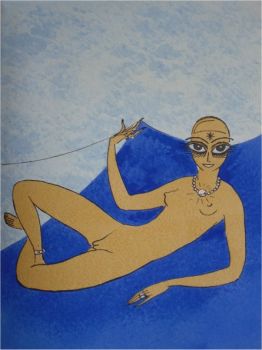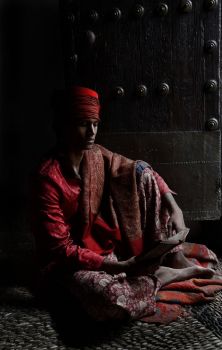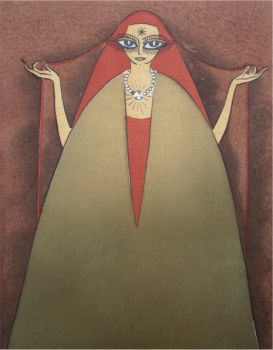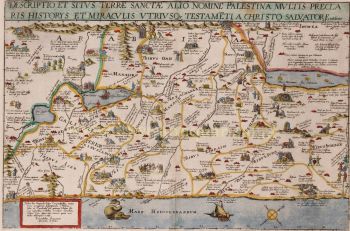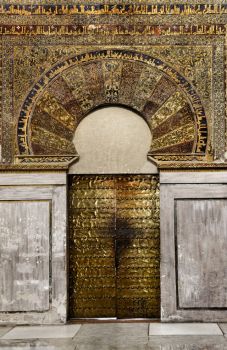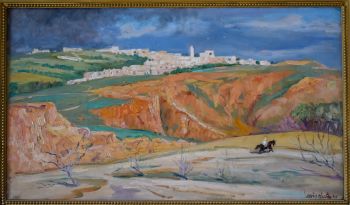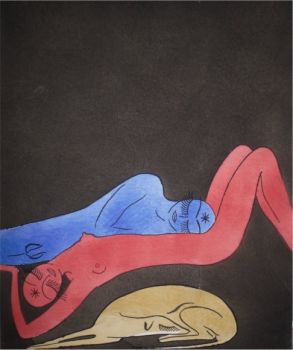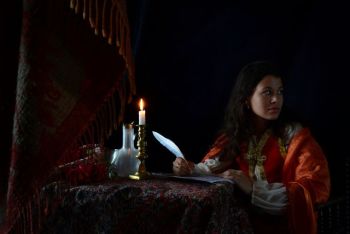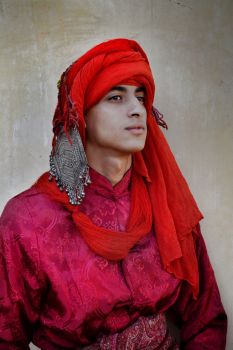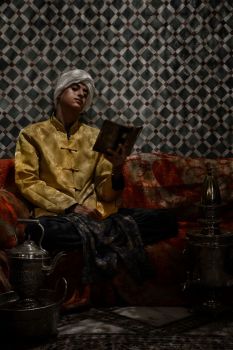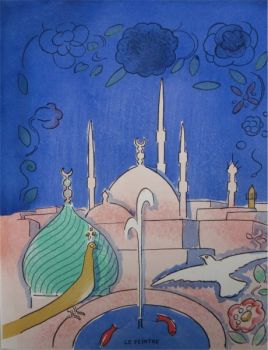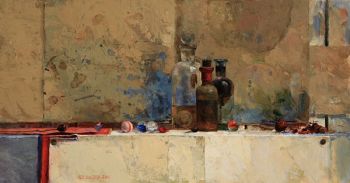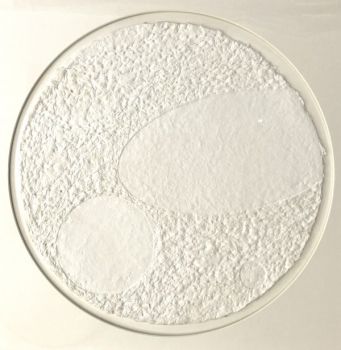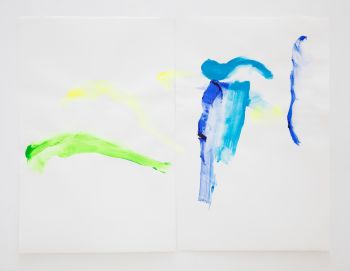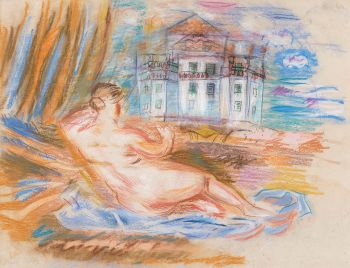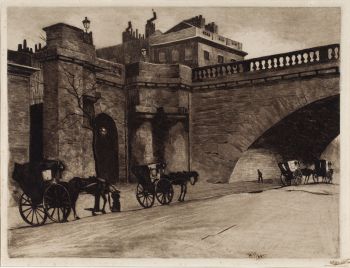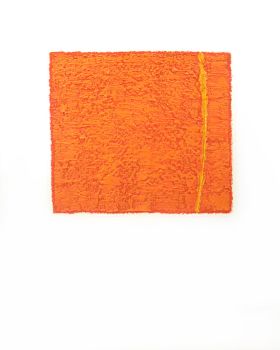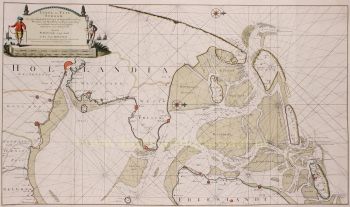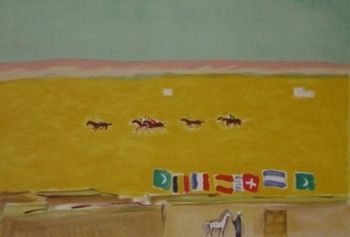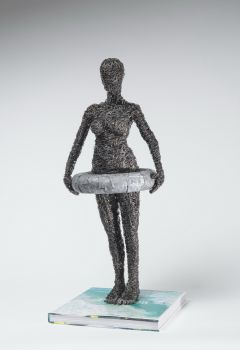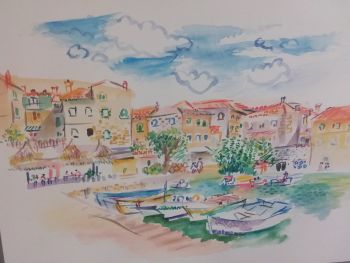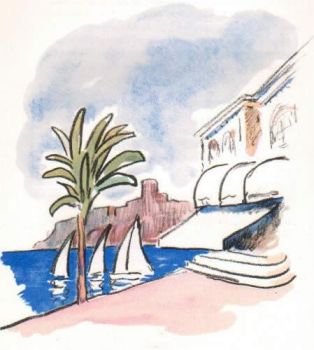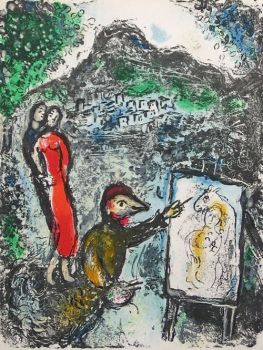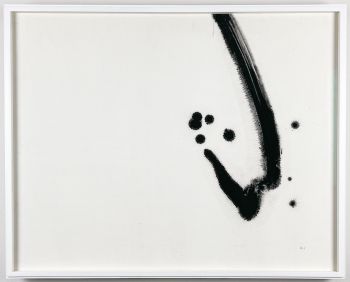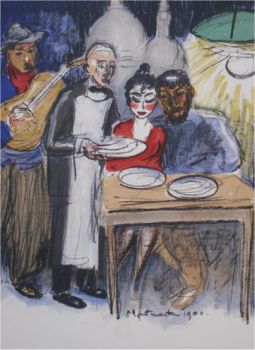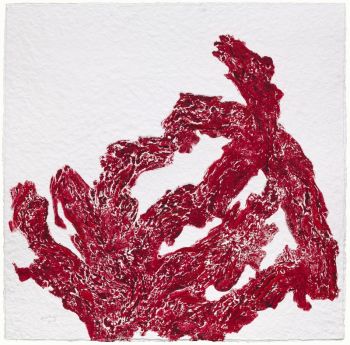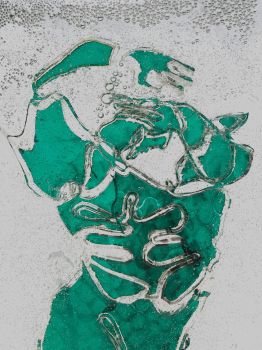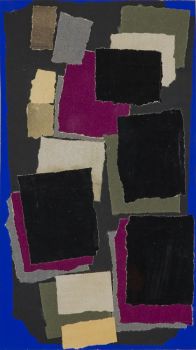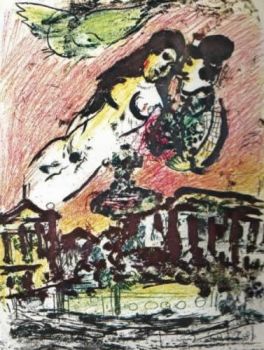Erpenius's excellent Arabic grammar 1628
Thomas van Erpe (Erpenius)
PapelCouro
Atualmente indisponível via Gallerease
- Sobre arteRudimenta linguae Arabicae.
Leiden, Boneventura and Abraham Elzevier, 1628.
Small 8vo (15 x 9.5 cm).
With title-page printed in red and black. 19th-century green sheepskin.
The rare second, corrected edition of Erpenius's influential Arabic grammar, which remained popular until well into the 19th century. Erpenius, one of the most distinguished orientalists of his day, published his famous Grammatica Arabica in 1613, followed in 1620 by the Rudimenta linguae Arabicae, a slightly abridged version of the Grammatica. It is dedicated to the Maronites Johannes Hesronita and Gabriel Sionita, the latter of whom would later edit the 1638-edition of the Rudimenta. It includes the Arabic text with Latin transcriptions of chapter 64 of the Quran.
Annotation on title-page: "Collegii Remensis / Societatis Jesu / Catalogo Inscriptur". Fine copy.
Rahir 263; Schnurrer 60; Smitskamp 69b; STCN (3 copies); Willems 295. - Sobre artistaThomas van Erpe / Thomas Erpenius (1584, Gorinchem - 1624, Leiden), também conhecido como Thomas van den Erpe, foi um famoso orientalista holandês. Depois de estudar línguas orientais - Scaliger o aconselhou - e teologia em Leiden, viajou pela Europa. Permanecendo em Paris, ele fez amizade com Casaubon, um célebre erudito clássico e filólogo. Em Paris também teve aulas de árabe e em Veneza estudou as línguas turca, persa e etíope. Erpênio foi nomeado professor de árabe e outras línguas orientais na Universidade de Leiden em 1613. Ele montou uma gráfica lá para o árabe e outras línguas orientais. Ele imprimiu sua primeira edição das fábulas de Luqman como sua primeira publicação experimental (sem pontos vocálicos para os tipos árabes). As anotações que ele fez para sua própria cópia foram incorporadas na segunda edição (com pontos vocálicos) de 1636. As fábulas de animais de Lukman eram uma parte importante da cultura árabe pré-islâmica e ainda são populares hoje. A biblioteca de Erpênio foi transferida para a Biblioteca da Universidade de Cambridge em 1632. Ele produziu muitas obras, entre outras gramáticas de várias línguas orientais: árabe, hebraico, caldeu, síria.
Artwork details
Related artworks
Tilmanus Nicolaus Maastricht
Missale Romanum com montagens de prata holandesa1788 - 1792
Preço em pedidoJacob J. Roosjen SRI
Engelbert Kaempfer
LIVRO ENGELBERT KAEMPFER1651 - 1716
Preço em pedidoZebregs & Röell - Fine Art - Antiques
Yoko Ono
YOKO ONO: "ARISING" SIGNED BOOK PLUS SMALL ARTWORK 2010 - 2014
Preço em pedidoGallerease Selected
Tilmanus Nicolaus Maastricht
Missale Romanum com montagens de prata holandesa1788 - 1792
Preço em pedidoJacob J. Roosjen SRI
LAWRENCE WEINER
"SKIMMING THE WATER [MENAGE A QUATRE]" Signed book plus small artwork2010 - 2014
Preço em pedidoGallerease Selected
1 - 4 / 22Elisabeth Treskow
Lápis-lazúli afegão incrustado com ouro em um suporte de prata1950 - 1960
Preço em pedidoJacob J. Roosjen SRI
1 - 4 / 24Willem Witsen
Waiting carriages in front of Waterloo Bridge1850 - 1900
Preço em pedidoKunsthandel Pygmalion
1 - 4 / 24

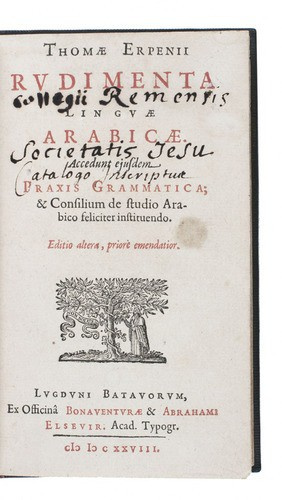

















!["SKIMMING THE WATER [MENAGE A QUATRE]" Signed book plus small artwork by LAWRENCE WEINER](https://media-2.gallerease.com/images/442bfd5f-fc31-4e18-a2fa-ee0c08eade64/350x350/skimming-the-water-menage-a-quatre-signed-book-plus-small-artwork.jpg)





